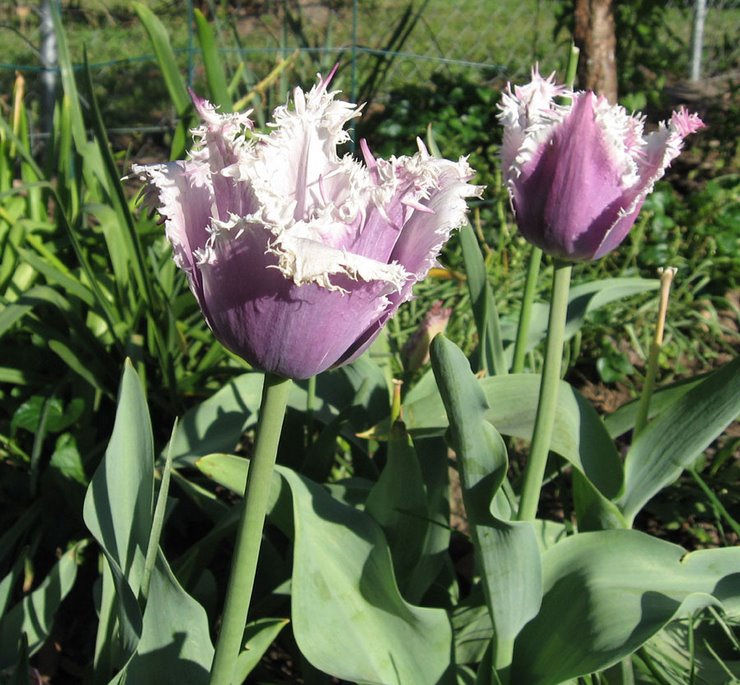 |
| Black swallowtail larvae on parsley |
I'd mentioned caterpillars on parsley to some folks at work, and they immediately called them monarchs. But monarch caterpillars don't eat parsley; you'll find them on milkweed plants.
The swallowtail larvae so often feed on parsley, that they are sometimes known as the parsley worm. They also like carrots, dill, parsnips and fennel. If you want to attract black swallowtails to your garden, just plant lots of things in the carrot family. I had made a point this year of planting about twice as many parsley plants as I wanted for myself, so I'd have enough to share with them.
Photos I've found at several websites show the swallowtail caterpillars at various stages of their lives, and the changes they undergo. They have five stages, or instars, during the larval stage, each time molting their exoskeleton, and growing larger; until they build a chrysalis (the pupal stage), and then the adult butterfly.
Based on that information, those in the first photo look like fairly young caterpillars, while the larger one in the second photo is much nearer the pupal stage. They have lots of natural enemies, so their chances of making it to become adult butterflies is pretty slim. I sure hope some of these reach maturity, as they are truly beautiful butterflies.
The adults feed on nectar from flowers such as phlox, zinnias, red clover, milkweed, and thistle.
Update (8/10/13): The parsley plant where there had been eight is down to three caterpillars, and the one with 15 is down to one. There must be some well-fed birds around here!


3 comments:
How fun!We just released our last swallowtail butterfly and have one more crystalis to go. We have this parsley plant in the butterfly garden net, so we could watch them grow and develop. Couple days ago I took out the plant and left it in the garden for a bit. This morning I was fascinated to find about a dozen of the little black caterpillars with white belts....thanks to your blog I discovered that we have another batch of beautiful Swallowtails coming. Somehow I missed them being in the all black stage last time, and was expecting to see the green spotty dudes on my parsley :)
Here in Southern California this morning, I just found seven of these lovely little beings on my two parsley plants! Thank you for this information about them, I was not sure what they were. I’m excited to watch them progress. ~~Carole
I found one full grown caterpillar and only one baby. My plant isn't enough to sustain these 2. What should I do? The plant is in a planter box on my deck.
Post a Comment